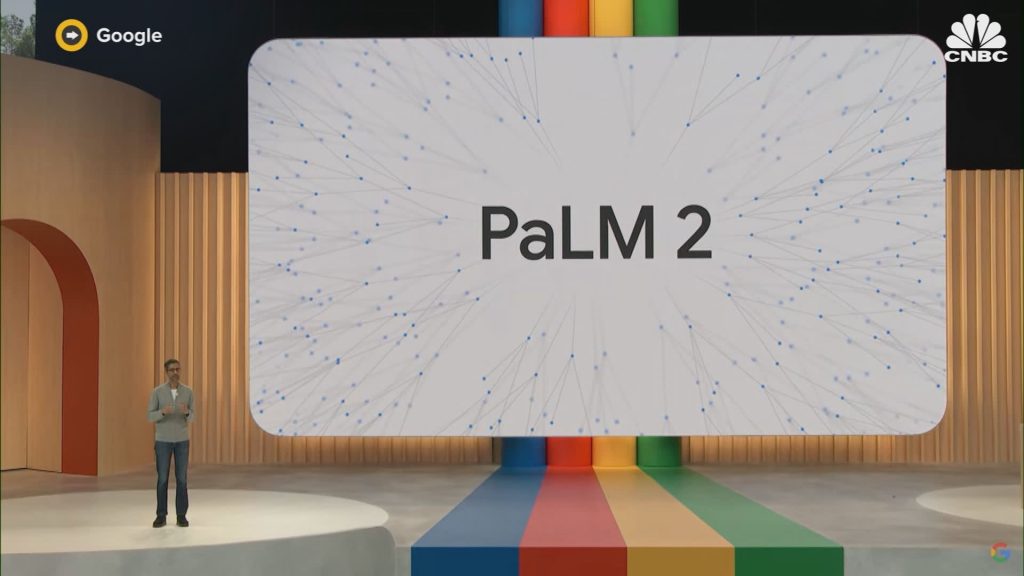The question is how to make money from all-purpose artificial intelligence (AI) tools.
Stripe’s head of information and data science, Emily Glassberg Sands, recently spoke with PYMNTS CEO Karen Webster about the company’s efforts to provide its customers with a solid payments infrastructure.


PYMNTS reported on March 15 that OpenAI, the developer of ChatGPT and DALL-E, would use Stripe’s financial infrastructure platform to monetize these products, while Stripe would integrate OpenAI’s generative AI technology into its own offerings.
There are two aspects to this partnership, and both of them have Sands and Webster very enthusiastic.
Sands explained that Stripe is using OpenAI to become a “financial one-stop-shop” for the digital economy, while Stripe is “powering” OpenAI’s monetization strategy.
Since the beginning of ChatGPT, Stripe has collaborated with OpenAI to use the GPT-3 large language model (LLM) for tasks like ticket routing and question summarization to improve customer service.
The payment platform has also been a beta tester for the recently released GPT-4 LLM interface, putting its next-generation capabilities to the test in user experience optimization and fraud detection areas.
Making Artificial Intelligence Profitable
According to Sands, OpenAI used Stripe’s suite of products to rapidly deploy a global payments system for a number of different product lines.
The payment solutions enable OpenAI to generate revenue from its viral image generator DALL-E and its attention-grabbing ChatGPT bot, and they include billing and checkout features for customers subscribing to ChatGPT on a monthly basis or purchasing DALL-E credits, as well as internal automation and tax compliance technology for OpenAI generally. This allows the company to put more resources towards developing its own proprietary AI technology rather than establishing its own payments infrastructure.
Sands explained that the company’s primary goal was to make it easy for businesses to implement new methods of generating revenue without overwhelming themselves or their developers.
Developing solutions that “no one thought AI could do five, 10 years ago,” Sands claims that 75% of the 500 leading generative AI companies have signed up for Stripe.
The advent of generative AI heralds a radical shift in the status quo. When Microsoft invested $1 billion in OpenAI in 2019, the organization changed from a nonprofit to a for-profit business. It’s not unusual for Stripe to see a surge in the number of startups based on the idea of artificial intelligence.
With its mobile payments platform, Stripe, which debuted in 2010 as the mobile economy was taking off, helped onboard and launch the mobile app economy with minimal coding. Thirteen years later, the potential to fuel the AI economy is located in essentially the same spot.
Sands said that Stripe is working to create as many useful [solutions] as possible to help businesses in the AI economy get to market faster so that their customers can use AI tools to create entirely new businesses or become more efficient by evolving their business model and better meeting the needs of their customers.
Using AI is nothing new for Stripe, as Sands emphasized. They’ve been using the tech for “many years” in their own operations and manufacturing.
To Summarize
Sands said that currently there are 14 GPT-4 prototypes being developed at Stripe.
These new approaches include a way for Stripe’s software engineers to type in a question and get a summary of the answers, as well as a solution for Stripe’s end users that enables them to ask questions and get answers related to their own business analytics.
According to Sands, “there is a lot of opportunity to build new user-facing products or those that better delight users in an existing experience” by utilizing artificial intelligence.
The question that arises as competition increases is whether or not the currently abundant AI companies can commercialize and scale their offerings to the same extent as their rivals.
When that time comes, money will be central to everything that happens.




